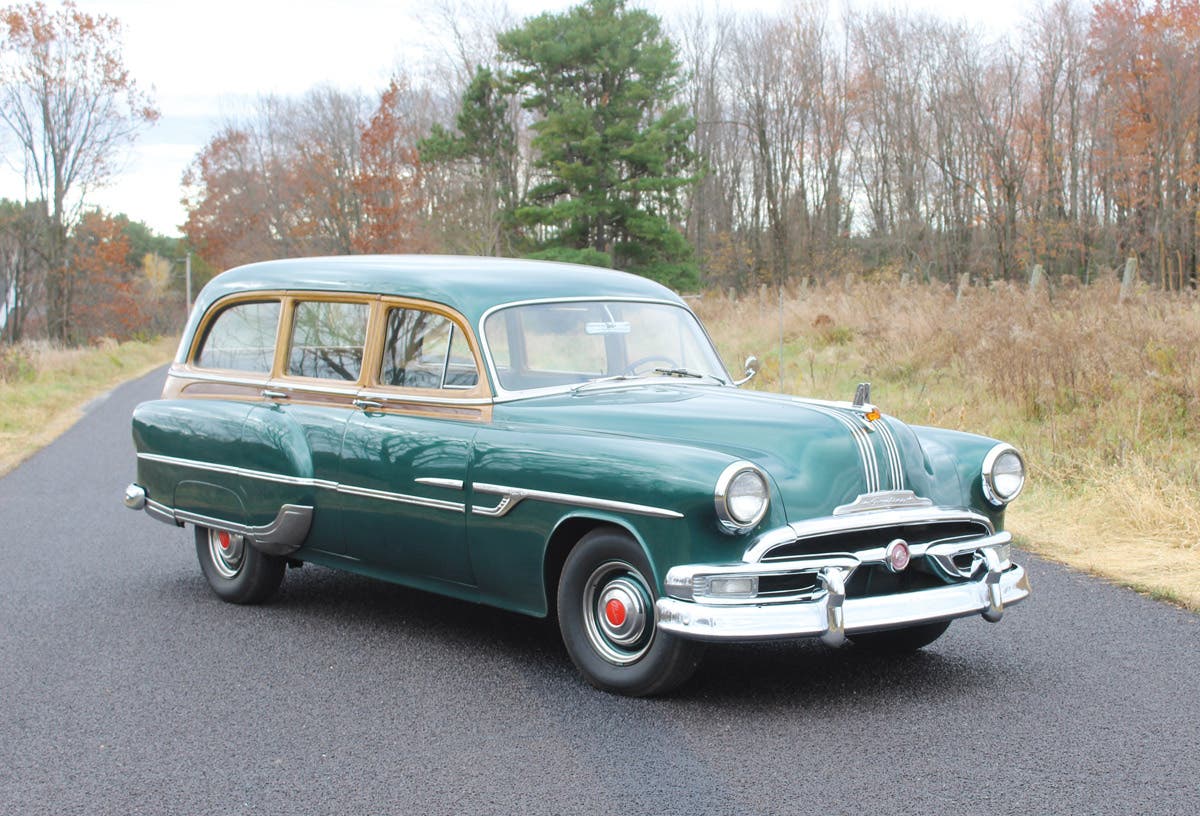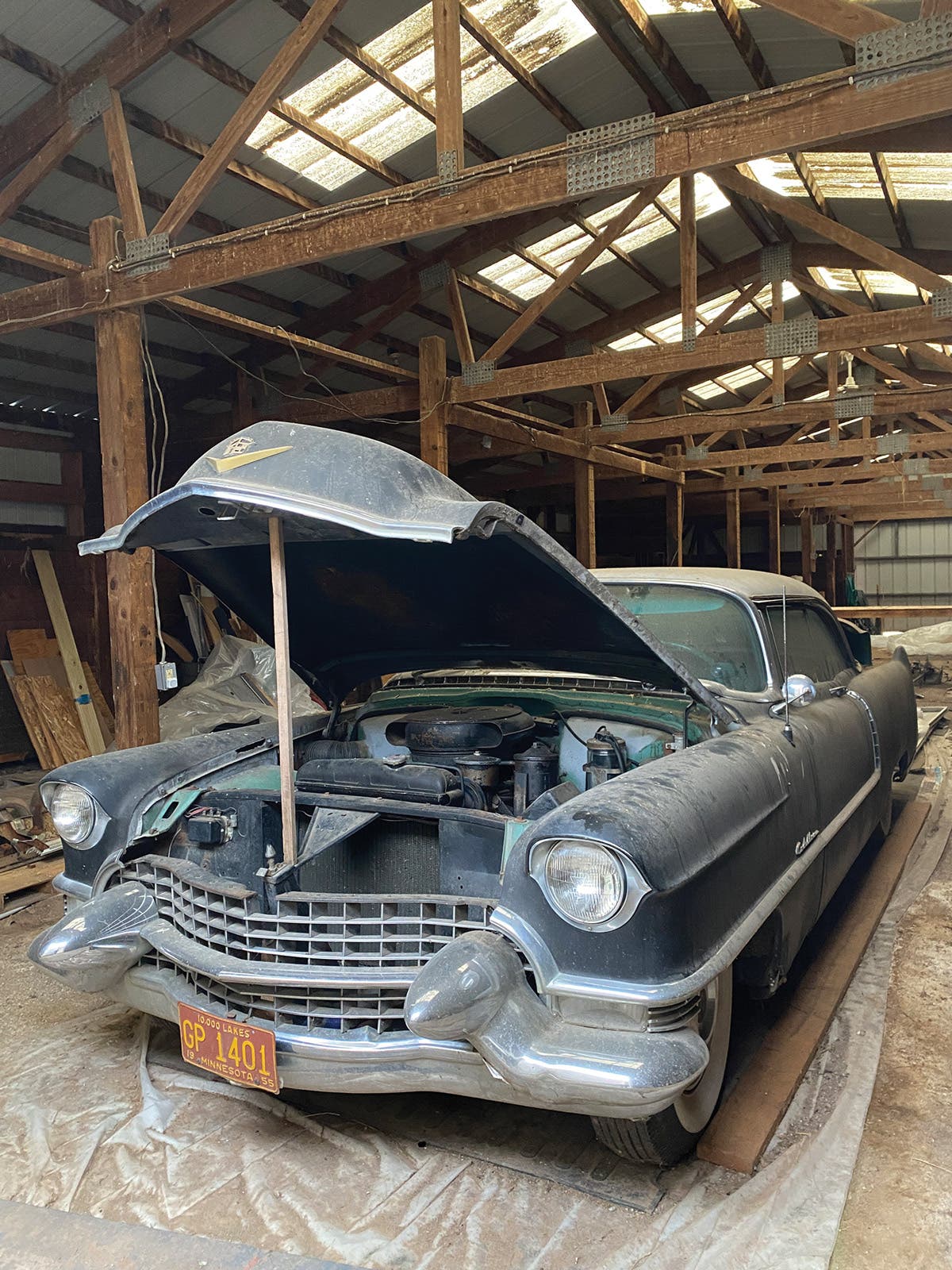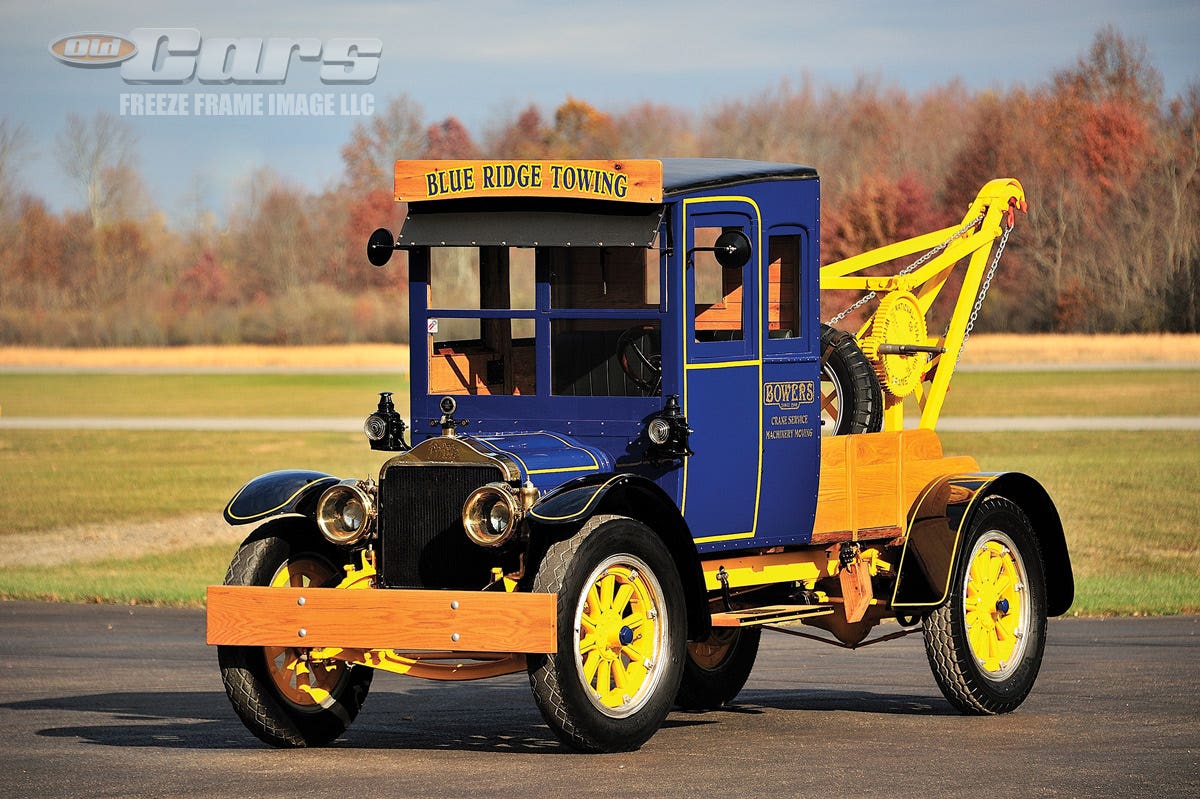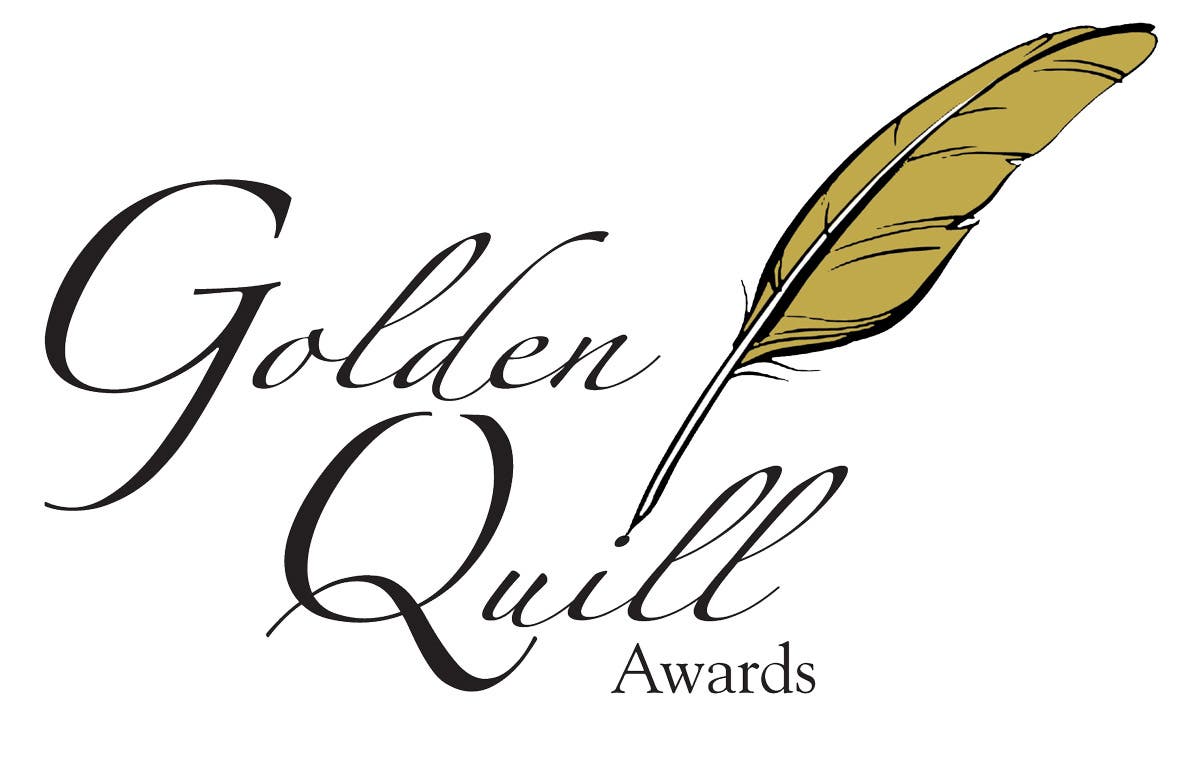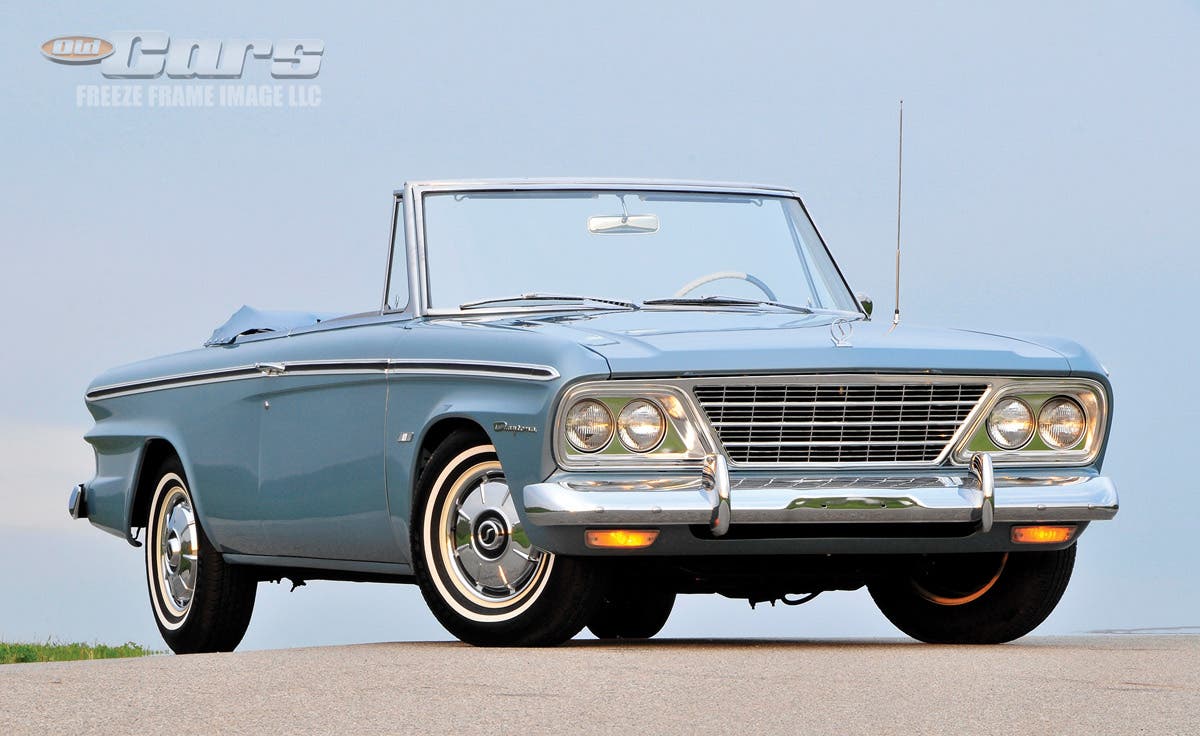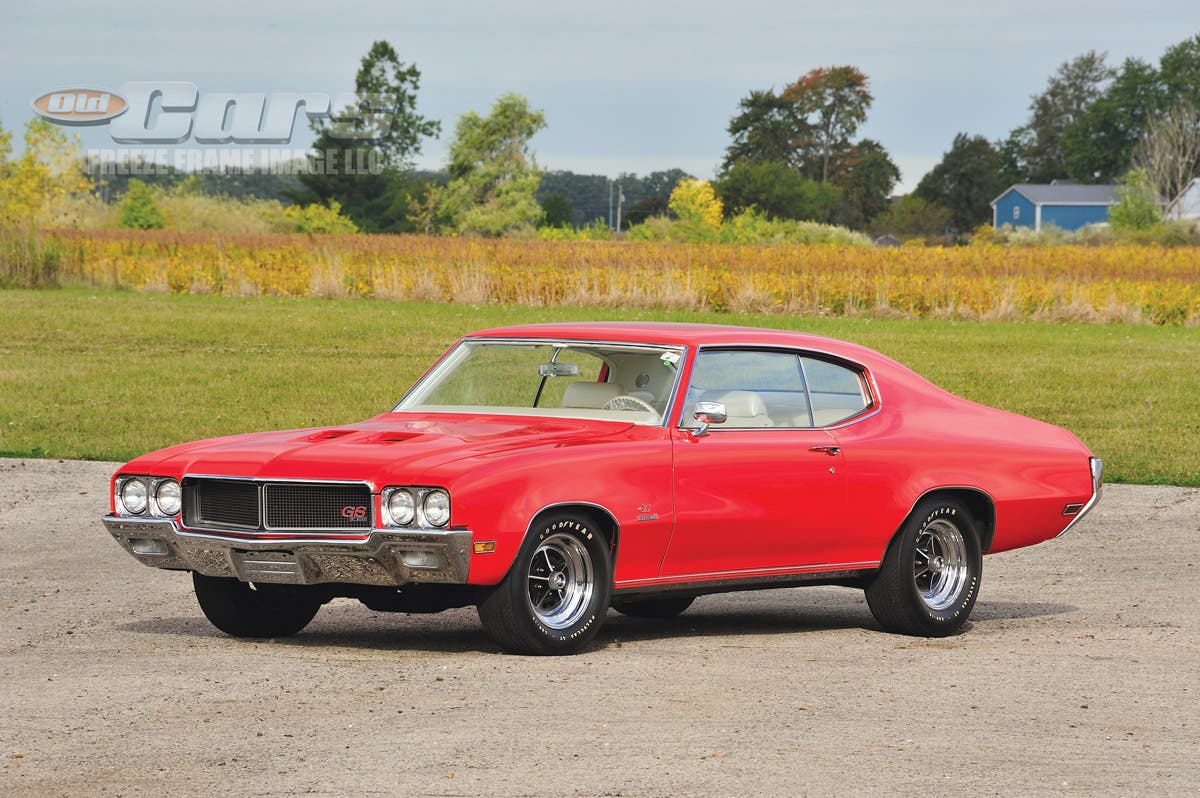Merger Mania: Nash and Hudson form AMC
Two iconic automotive brands merge to become AMC
The following is the third installment in a series by Gerald Perschbacher, LL.D., covering mergers in the automotive industry.
It became clear in the burgeoning formative period of the automobile industry that a brisk and exciting era of personal transportation had dawned. There were leaders and future hopefuls amid the blend of notable personages. Soon, the 1890s bowed to inevitable progress in the cradle years of the 20th century. By that time, those youthful hopefuls had learned much of the new industry’s formation as they watched history unroll.
Two names in those early years spring forth: Roy D. Chapin and Charles Nash. As events unfolded decades later, their two companies, Hudson and Nash, would enter an entwined history that made a profound MergerMania impact on the industry as a whole. In recalling those seemingly ancient halcyon years of yore, B.C. Forbes and O.D. Foster were among early explorers of auto history. In 1926, they published their findings in the book “Automotive Giants of America.” Since the notables they wrote about were very much active in the industry at that point, the findings bore the test of success in how the “men who are making our motor industry” wished to be remembered.
Chapin was a college student who skipped mid-semester from the Ann Arbor, Mich., campus he attended in 1901. He left to train his way to see the wonders of the Oldsmobile plant. Chapin wondered how such a four-wheeled device as Mr. Olds’ roadworthy invention could safely and excitedly whisk a man to the wondrous speed of 15 mph. He met Mr. Olds and put it succinctly: “I just want to be near that car.” Impressed, Olds hired the man at $35 a month to give demonstrations of the vehicle. It wasn’t long before his newly chosen career blossomed. Nine years later, co-founder Chapin headed the Hudson motor car operation, positioned as a competitor to Oldsmobile. As the book put it, the output of 4000 Hudson automobiles (from July 1909 to July 1910) set the record for “the first-year output of the industry at that time.” It was a mark of success for which Chapin was most proud.
He was hardly alone as lesser notables enjoined in the effort. A hallmark of Chapin’s rise was the maximizing of teamwork. He pulled together and nurtured teams of individuals dedicated to quality production and inventive ideals. This proved to be a key factor in the rise of the new nameplate, which initially was financed in a major way by the Hudson department store.
While these factors unfolded, Charles W. Nash was a six-year-old orphaned farmboy-turned-mechanic who became one of the greatest names of his era. He, too, formed a magnificent team of workers that went head-on against General Motors, a conglomerate he headed for a time (1912-1916). His ability, ambition, position, experience and wealth combined to realize his domination of Kenosha, Wisconsin’s Thomas B. Jeffery Co., renowned in its making of the Rambler in early auto history.
The two organizations guided by Chapin and Nash weathered depression, wartime production, changes in strategy and much more. Decades later, the two firms combined with every hope of success. But that MergerMania did not come easily, and it nearly passed by the opportune time of formation.
National defense production, especially during the first half of the 1940s, made each company very profitable. Postwar car sales added to that wealth in the late ’40s. Comfortable for a time, some talks bounced around regarding merger. But there was no need to rush, many speculated. Then the Federal government phased down its production restrictions in 1953 once the Korean Conflict was seemingly simmering. Woe to those who were unprepared, for it meant car production limits were no longer applied by government mandates that had played a role since 1942.
Nash faded from his company’s activities in 1936 and died in 1948. Chapin died in 1936 and was succeeded by Abraham E. Barit, who rode with the Hudson brand well into 1954. The Hudson effort eventually included Chapin’s son, Roy, Jr., a Yale business grad who saw the downward spiraling shift in business and income potential for the Hudson marque. That succession to Barit and involving Chapin, Jr., was a milestone in car history for it marked the transition into American Motors Corp. (AMC).
Key to that transition was another notable in the American car industry. George W. Mason had risen as head of the very successful appliance-making Kelvinator Corp. to become Mr. Nash’s chosen successor. The two diverse firms merged into Nash-Kelvinator, a first step toward even greater MergerMania.
Mason saw the future dimming for sales of Nash cars and other brands outside of huge mass production, key distribution points and the income safety of General Motors, Ford Motor Co. and Chrysler Corp. After 1950, sales toughened for Nash and Hudson. The lifting of federal car production quota limits in 1953 was hard to surmount since it let loose Ford and GM to heighten production levels. Doom was possible for Nash and Hudson as well as long-standing brands by Willys Overland, Studebaker and Packard. Even relative newcomer Kaiser was on borrowed time, its Frazer badge having been retired in the 1951 run.
Mason knew something had to be done. Initial talks resulted in merging Hudson with Nash, with Chapin, Jr., being a principal. But, as with many multi-faceted stories of mergers, this was an ongoing venture that involved success, strategy, negotiation and the addition of George Romney as major steps followed in MergerMania. By 1954, the union of Hudson and Nash was complete and
AMC was born.
*As an Amazon Associate, Old Cars earns from qualifying purchases.



